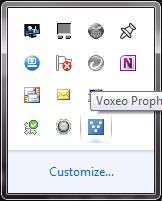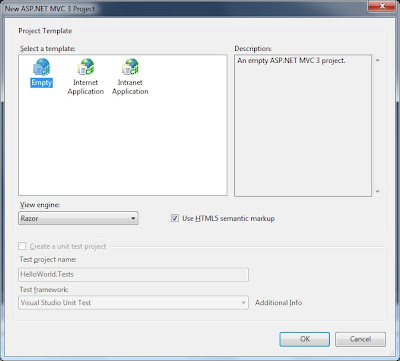Making a Reusable Framework for VoiceXML Apps

In this post we will look at making the core components for our MVC voice application more reusable. In a previous post we looked at making a simple Hello World application to see how we might use MVC and Razor to develop a VoiceXML application. This was more or less a proof of concept for a framework that has the goal of making development of VoiceXML applications easy and could rival some of the VoiceXML development tools out there. I have taken the reusable parts of this framework and put them into a class library which is open source and can be downloaded from CodePlex . I call this project VoiceModel because it replaces the ViewModel in the MVVM Design Pattern . What is in our VoiceModel is the meta-data required to render VoiceXML to an IVR (VoiceXML Browser). The challenge I came across was packaging up the Views developed in Razor that are also reusable across projects. I did some research and found a solution that seems to work pretty well and is descr...

